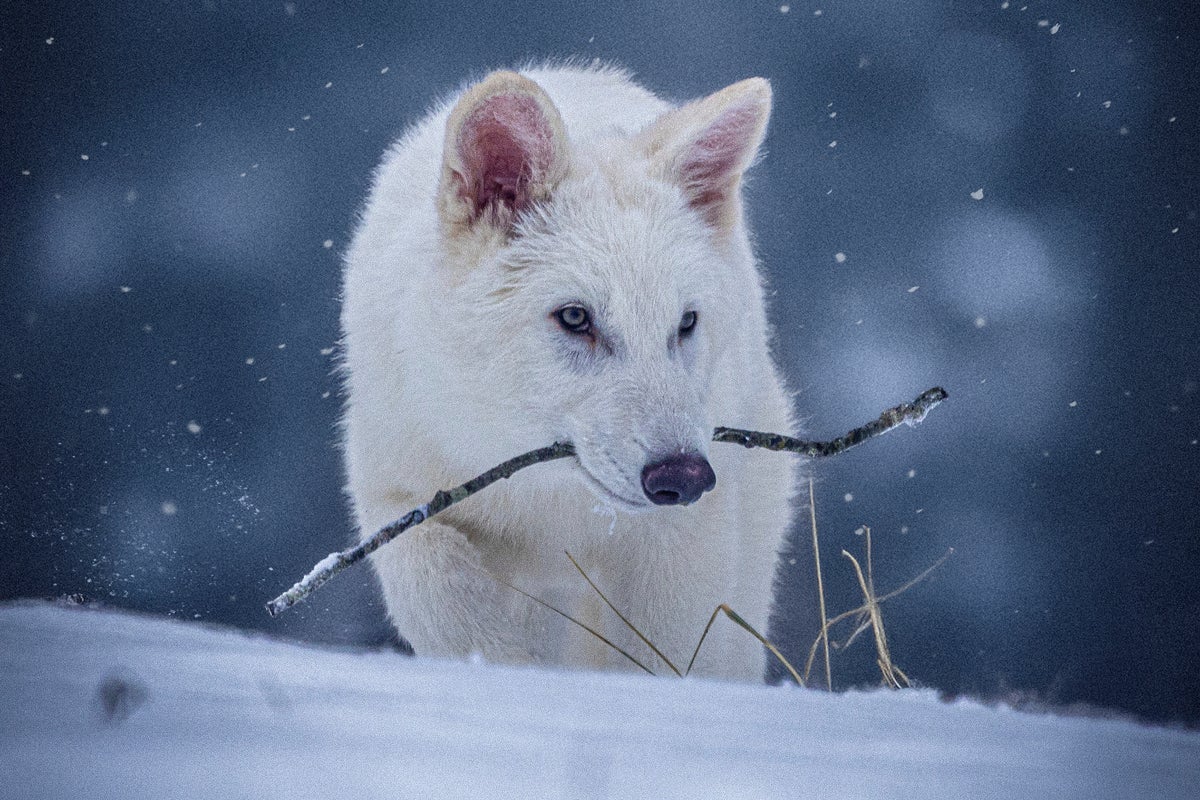
The dire wolf has been brought back from extinction after more than 10,000 years, a U.S. biotech start-up has announced.
On Monday, Colossal Biosciences, based in Texas, said its researchers had successfully facilitated the birth of three modern dire wolf pups – two six-month-old males named Romulus and Remus and a three-month-old female named Khaleesi. The extinct species was recently made famous on the TV series Game of Thrones.
The company achieved this feat using cloning and gene-editing techniques based on two ancient dire wolf DNA samples.
Colossal’s chief executive Ben Lamm called the development a “massive milestone”.
“I could not be more proud of the team. This massive milestone is the first of many coming examples demonstrating that our end-to-end de-extinction technology stack works,” he said.
“Our team took DNA from a 13,000 year old tooth and a 72,000 year old skull and made healthy dire wolf puppies.
“It was once said, ‘any sufficiently advanced technology is indistinguishable from magic’. Today, our team gets to unveil some of the magic they are working on and its broader impact on conservation.”
We’re Colossal Biosciences, the de-extinction company responsible for bringing back the first animals from extinction. Our dire wolf pups, Romulus and Remus, were born on October 1, 2024. Watch these pups grow up on our YouTube channel. Link in bio.
— Colossal Biosciences® (@colossal) April 7, 2025
These two wolves were… pic.twitter.com/hbk1wFQ3lf
Researchers at Colossal explained the de-extinction process involved taking blood cells from a living grey wolf – the dire wolf’s closest living relative – and genetically modifying them in 20 different sites.
That genetic material was transferred to an egg cell from a domestic dog, then the embryos were transferred to surrogates for gestation and, finally, successful birth.
Dr Beth Shapiro, Colossal’s chief science officer, said: “Our novel approach to iteratively improve our ancient genome in the absence of a perfect reference sets a new standard for paleogenome reconstruction.
“Together with improved approaches to recover ancient DNA, these computational advances allowed us to resolve the evolutionary history of dire wolves and establish the genomic foundation for de-extinction – specifically for selecting with confidence dire wolf specific genetic variants that establish our targets for gene editing.”
Distinctive traits of the dire wolf include light thick fur and muscular jaws, while they are also much larger than grey wolves.
Colossal said the animals will live their lives on a continuously monitored, secure ecological preserve that is certified by the American Humane Society and registered with the US Department of Agriculture.

The dire wolf is a mainstay of fantasy settings in pop culture, with mentions in role-playing games like Dungeons & Dragons and video games like World of Warcraft.
However, the vehicle which truly shot dire wolves to fame is the HBO series Game of Thrones, based on the works of author George RR Martin.
Mr Martin, an investor in Colossal and cultural adviser for the company, said: “Many people view dire wolves as mythical creatures that only exist in a fantasy world, but in reality, they have a rich history of contributing to the American ecosystem.”
“I get the luxury to write about magic, but Ben and Colossal have created magic by bringing these majestic beasts back to our world.”
Colossal also announced it had cloned four red wolves using blood drawn from wild wolves of the southeastern US’ critically endangered red wolf population.
The aim is to bring more genetic diversity into the small population of captive red wolves, which scientists are using to breed and help save the species.
Kentucky watches for surging rivers to recede so widespread cleanup can begin
AP PHOTOS: Swollen rivers flood towns in the US South and Midwest
Scholarships for child care are drying up. Now families are paying the price
The month you are born influences how your body stores fat, study finds
Dolphins are starving to death in Florida. An algae bloom is to blame
Breakthrough in mystery of life-size sculptures uncovered in Pompeii tomb







